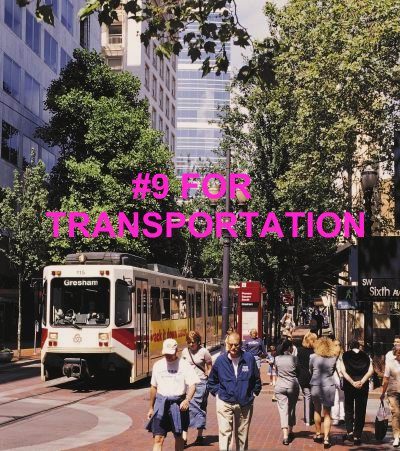As some of you may know, Smarter Cities is an initiative that ranks US cities on a number of key sustainability criteria as well as on overall sustainability. The system has been developed, managed and staffed independently of NRDC, but several months ago our organization agreed to host it on our website. Now that the system has been re-launched as a project of NRDC, we would very much like your input on how to improve the rankings criteria.
The criteria that were used in the recently published rankings are here, and the evolving criteria that are being proposed for the next round of rankings are here. You may email your thoughts directly to the Smarter Cities team at [email protected], or you may participate in the CityWiki, which was established online just last week as an exercise in participatory environmentalism. The CityWiki lists the proposed criteria for the next round and is structured to receive input on each criterion (note that the proposed list differs in some respects from the one used last year), alternative methods of city comparison, and weighting and scoring. You will need to go through an easy login process to participate, but it will be a very effective way of registering your thoughts.
In the past round, each city was scored on 10 issues, which were equally weighted in the overall rankings. These were air quality, energy production and conservation, “environmental standards and participation,” green building, green space, recycling, transportation, “standard of living,” and water quality and conservation A threshold question to consider is whether these are the right categories and, if so, should they remain equally weighted?
The scores were then compared to each other in three groupings according to population (large cities of 250,000 or more, medium from 100,000 to 250,000, and small for under 100,000). It has been the project’s ambition to score every US city of 50,000 or greater population, over 600 in all. Of the large cities, Seattle, San Francisco, and Portland made it a clean sweep for the Pacific coast in the top three overall spots. Coming in last among the 67 large cities were Anchorage, Alaska; Islip, New York; and Lexington, Kentucky.
For the various issue categories, the rankings were based on a combination of reported performance data and responses to a broad questionnaire sent to an environmental official in each city. This process produced some anomalous results, such as Los Angeles ranking #3 and ahead of Portland and New York on transportation and Houston scoring better on air quality than Tucson and St. Paul. I give some more detail on these outcomes in a longer post on my NRDC blog, along with some links to what the online commentators have been saying.
I am particularly interested in what Rooflines readers may have to say about the criteria for “standard of living,” which seeks to measure housing affordability. The past measurement was based on a combination of data sources, including median household income, the percentage of families living below the poverty line, the percentage of owner-occupied housing, and the NAHB Housing Opportunity Index. The proposal for the next round is to rely whenever possible on data from the Center for Neighborhood Technology’s Housing+Transportation affordability index.
The project needs your input, and I hope you will let them know what you think.





Comments